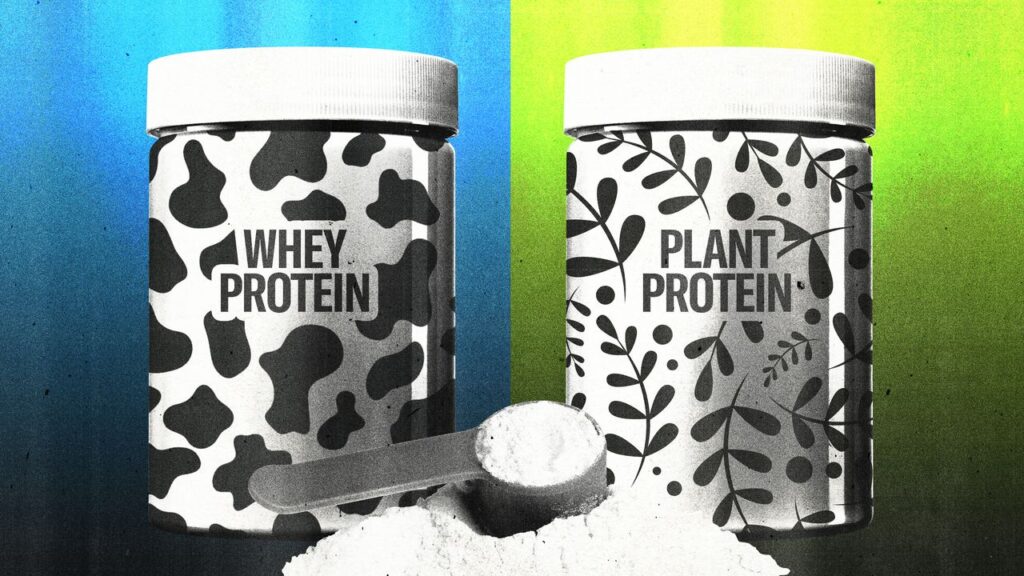It’s also worth noting that levels of lead and heavy metals are generally unpredictable across batches. In their study, Consumer Reports tested samples from multiple lots that were purchased from different suppliers, with results based on average measurements.
Again, no one should willingly ingest lead. (Per the FDA, early exposure in utero through early childhood can lead to neurological problems such as learning disabilities and behavioral issues. Meanwhile, chronic lead exposure into adulthood is associated with neurocognitive decline, kidney dysfunction, and hypertension.) That said, doing so to some degree is inevitable—even independent of protein supplementation.
According to Felicia Wu, PhD, John A. Hannah Distinguished Professor of Food Safety, Toxicology, and Risk Assessment at Michigan State University, it’s impossible to completely eliminate lead exposure. “Lead is a naturally occurring element present in soil, water, and air at different concentrations depending on location, industrial activities, and [other factors],” she says. Pipes, cookware, and dishes that contain lead can also contribute to our unwitting consumption of the heavy metal.
Simply put, protein supplements are far from the only culprit.
Why Plant-Based Powders Tend to Pack More Lead
In the CR analysis, plant-based protein powders and shakes contained significantly more lead—again, up to nine times as much, on average—than animal-based ones. These results echoed those of the Clean Label Project’s Protein 2.0 Study back in January, which tested 160 products across 70 brands, covering roughly 83 percent of the U.S. protein supplement market. Seventy-seven percent of plant-based protein powders exceeded the Prop 65 threshold for lead, compared to just 28 percent of whey-based products. (Organic and chocolate protein powders fared unfavorably, as well: 79 percent and 65 percent, respectively, tested above the limit.)


